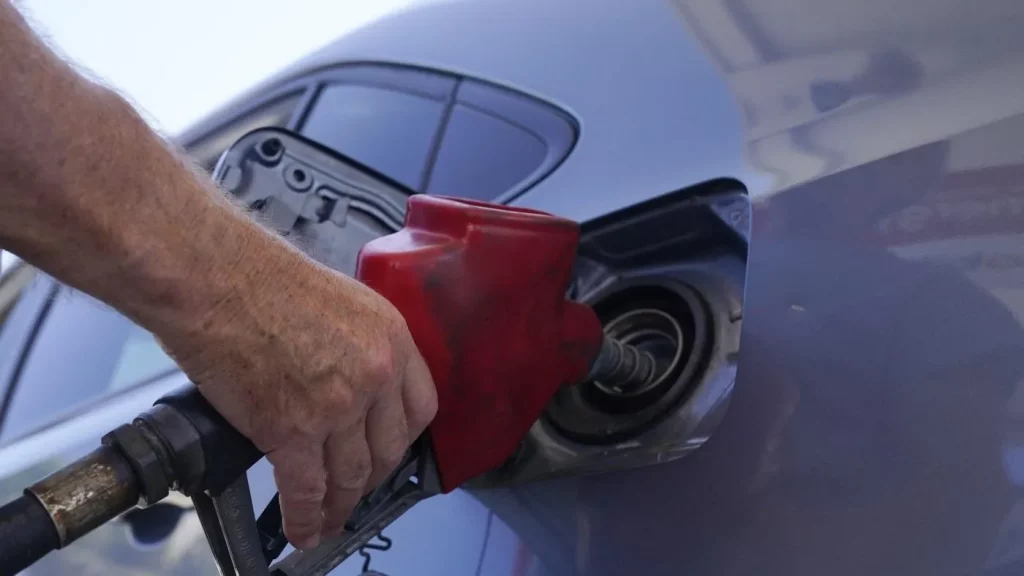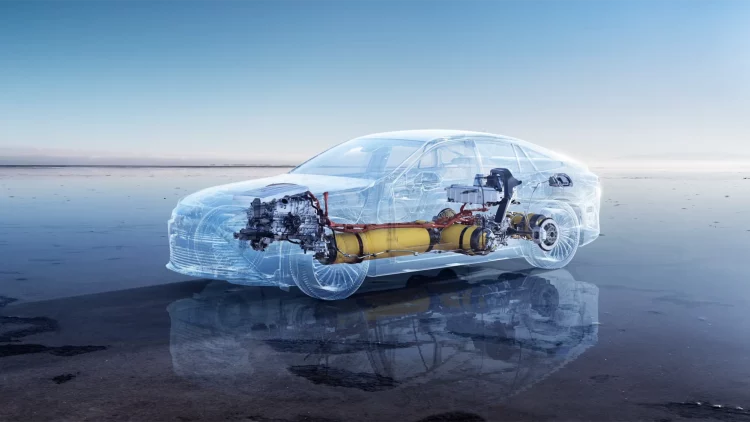The global shift toward sustainability and environmental awareness is dramatically reshaping industries across the board, and the automotive industry is no exception. Over the past decade, electric vehicles (EVs) have made incredible strides in technology, affordability, and mass-market appeal. As nations push for carbon neutrality and the transportation sector is increasingly scrutinized for its environmental impact, the question arises: By 2025, will electric vehicles replace traditional gasoline cars and become the market leader?
In this article, we will examine the critical factors that are driving the rise of electric vehicles, the challenges that lie ahead, and whether 2025 is a realistic timeline for EVs to dominate the automotive market.
The Rise of Electric Vehicles: A Transformative Shift
Electric vehicles have been around for a long time, but only in recent years have they gained widespread attention. Once regarded as a niche market for eco-conscious consumers or tech enthusiasts, EVs are now being seen as the future of personal transportation. In 2022, global electric vehicle sales surpassed 10 million units for the first time, a figure that continues to rise year after year.
Governments around the world are also playing a pivotal role in the EV transition. By providing incentives, rebates, and favorable policies, many countries are helping to make electric vehicles more affordable and accessible to the average consumer. Meanwhile, automakers, both traditional giants like Ford, General Motors, and Volkswagen, as well as newer players like Tesla, are investing heavily in EV technology and production capacity.
But is this rapid rise enough to replace gasoline vehicles on a global scale by 2025? Let’s explore some key factors that will determine whether EVs can truly become the mainstream option in just a few short years.
Key Factors Driving EV Adoption
1. Technological Advancements in EVs
One of the most significant obstacles for electric vehicles in the past was the technology itself. Early electric cars had limited ranges, long charging times, and were generally more expensive than their gasoline-powered counterparts. However, these barriers are rapidly being broken down.
Advancements in battery technology—particularly in lithium-ion batteries—have significantly increased the energy density of electric vehicles. Today, many mainstream electric cars can travel over 250 miles on a single charge, and some high-end models can exceed 350 miles. This dramatic improvement in range, combined with the reduction in charging time thanks to faster charging stations, has addressed two of the biggest concerns that consumers have had about EVs: range anxiety and charging convenience.
Moreover, prices for electric vehicles are steadily falling as economies of scale kick in and battery costs continue to drop. A recent report showed that the price of batteries has fallen by over 85% since 2010, and it is expected to continue decreasing, making EVs increasingly affordable for consumers worldwide.
2. Government Support and Regulations
Governments have recognized the potential of electric vehicles in combating climate change and reducing carbon emissions. Many countries have introduced policies and incentives to encourage consumers and businesses to make the switch to electric cars. In Europe, for example, several nations, including Norway, Germany, and the UK, have set ambitious targets to phase out internal combustion engine (ICE) vehicles in the coming decades. Norway even aims to sell only zero-emission cars by 2025.
The United States has also ramped up its commitment to EVs. Under the Biden administration, the U.S. government has made significant investments in electric vehicle infrastructure and aims to have 500,000 charging stations across the country by 2030. Additionally, the $7,500 federal tax credit for new electric car purchases in the U.S. has made EVs more financially attractive.
Meanwhile, regulatory bodies worldwide are tightening emissions standards for gasoline and diesel vehicles. The European Union’s stricter CO2 regulations have forced automakers to invest heavily in EVs to meet the targets and avoid heavy fines. As these regulations become more stringent, automakers will have little choice but to accelerate the transition to electric mobility.
3. Consumer Awareness and Environmental Concerns
Consumer attitudes toward electric vehicles are evolving. With increasing awareness about climate change, air pollution, and the long-term environmental impact of fossil fuels, more consumers are considering the environmental benefits of driving an EV. Electric vehicles emit zero tailpipe emissions, which directly contributes to better air quality, especially in urban areas.
Additionally, rising fuel prices have made gasoline cars less attractive. In markets where oil prices fluctuate wildly, consumers are seeking alternatives that offer greater stability in running costs. Charging an EV is significantly cheaper than refueling a gasoline vehicle, and the maintenance costs for electric cars are also lower, thanks to fewer moving parts.
As more people become concerned about sustainability, EVs are no longer viewed just as “green” vehicles but as practical, everyday cars that are increasingly aligned with the values of today’s environmentally conscious consumers.

Challenges to Overcome: Is 2025 Realistic?
While the future of electric vehicles looks bright, there are several challenges that must be addressed before EVs can realistically replace traditional gasoline cars on a global scale.
1. Charging Infrastructure
One of the main roadblocks to widespread EV adoption is the availability of charging infrastructure. While urban areas in developed countries are increasingly well-equipped with charging stations, rural areas and developing nations still face significant gaps in charging availability. Without a widespread, easily accessible charging network, many potential buyers will hesitate to make the switch to an electric car.
To solve this, governments and private companies are investing heavily in charging infrastructure. In the U.S., the Biden administration has committed to expanding the national network of electric vehicle charging stations. In Europe, the EU has set targets for charging stations to be deployed every 60 kilometers along major highways. However, the pace at which this infrastructure is being built will be a crucial factor in determining whether EVs can become mainstream by 2025.
2. Price Parity with Gasoline Vehicles
Although the cost of EVs has dropped dramatically, electric vehicles are still, on average, more expensive than their gasoline counterparts—especially for models with longer ranges. While this price gap is shrinking, it may still pose a barrier for many consumers, particularly in emerging markets where price sensitivity is higher.
The challenge is to reach a point where EVs can compete with gasoline vehicles in terms of price without relying heavily on government subsidies or incentives. If electric vehicles are to become the dominant force in the market by 2025, automakers will need to find a way to lower production costs and make EVs more affordable for the masses.
3. Battery Production and Supply Chain Issues
As demand for electric vehicles rises, so too will the demand for batteries. The global supply of materials needed to produce EV batteries, such as lithium, cobalt, and nickel, is limited, and securing a steady supply of these materials is a growing concern. Moreover, battery production is energy-intensive, which raises questions about the environmental impact of scaling up EV production.
While companies are working to find alternatives and reduce dependence on rare earth materials, scaling up battery production to meet global demand by 2025 could prove difficult. Additionally, issues like battery recycling and second-life applications must be addressed to ensure the sustainability of the EV industry.
The Road to 2025: Will EVs Become the Market Leader?
In summary, the road to electric vehicles becoming the market leader by 2025 is paved with both opportunities and challenges. The momentum is undeniably strong, fueled by technological advancements, government support, and changing consumer attitudes. However, there are still several hurdles to overcome, particularly in terms of charging infrastructure, pricing, and supply chain challenges.
While it’s unlikely that EVs will completely replace gasoline vehicles by 2025, it is realistic to expect a significant shift in market share. In regions like Europe and China, where EV adoption is already strong, the transition may happen faster. In other regions, it may take longer for electric vehicles to become the norm.
By 2025, electric vehicles may not dominate the entire global market, but they will undoubtedly be a dominant force in the automotive landscape, influencing the development of vehicles, energy infrastructure, and consumer behavior for years to come.











































